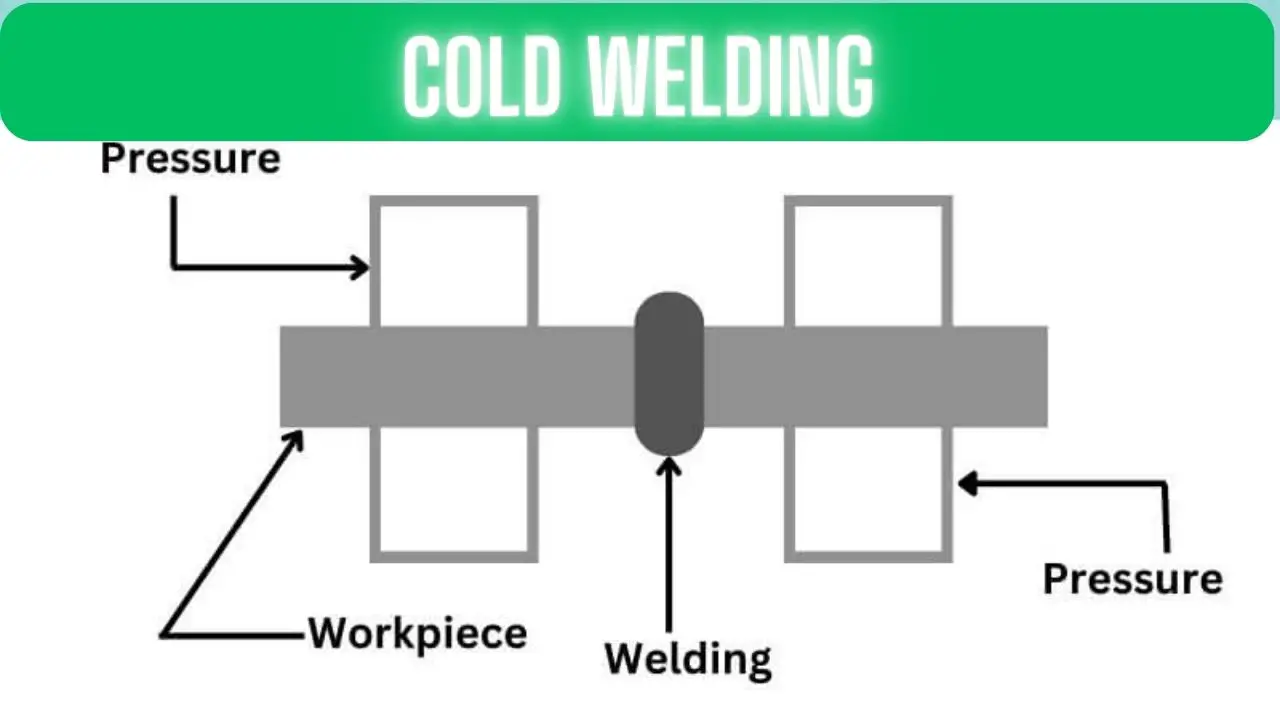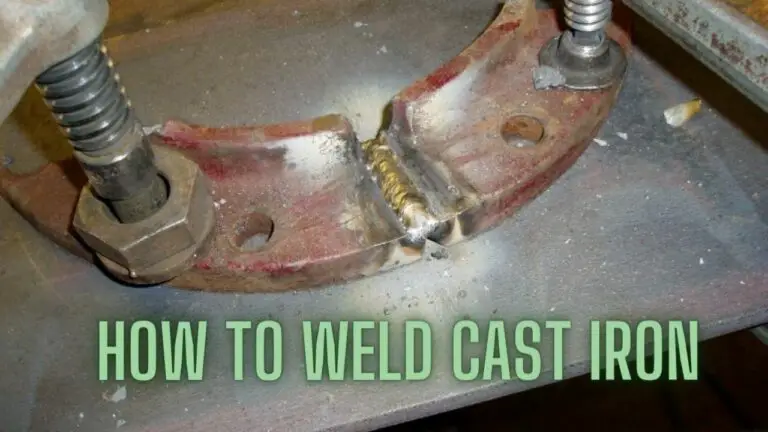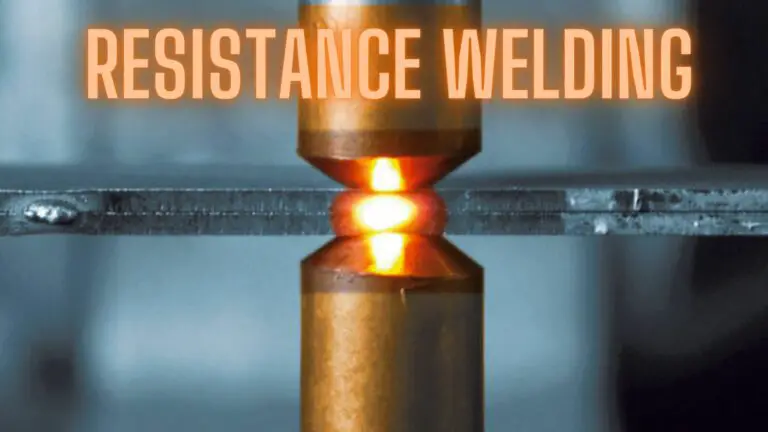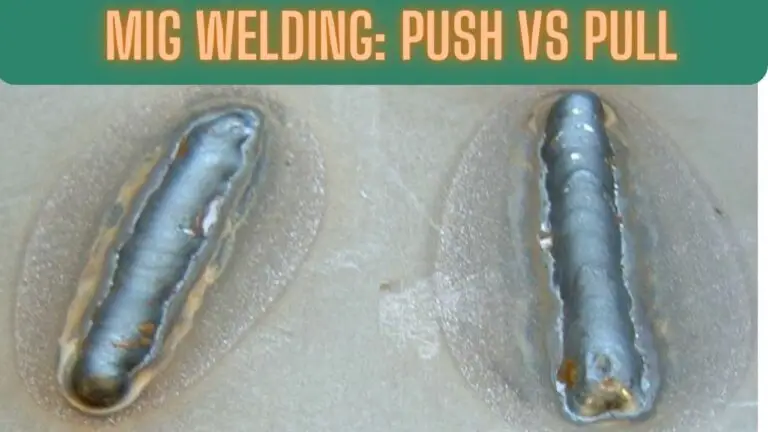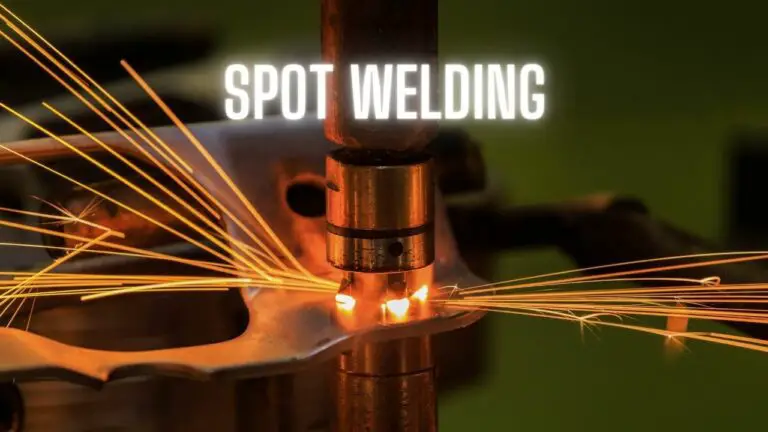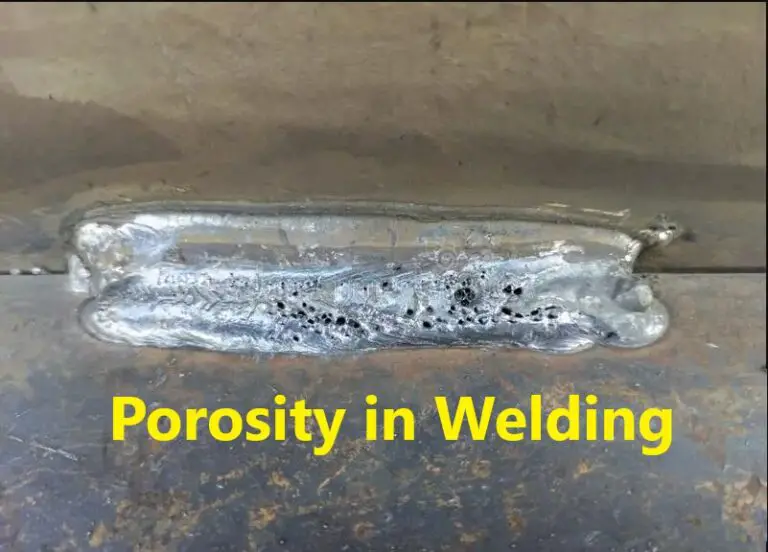Cold Welding: When Bonding Occurs Without Heat
Introduction
Welding is typically associated with intense heat and melting metals to create strong bonds. However, there’s an unusual welding process known as “cold welding” that occurs without the application of heat. Cold welding is a fascinating phenomenon that has applications in various industries, from aerospace to space exploration. In this article, we’ll explore what cold welding is, how it works, its applications, and some intriguing facts about this unusual process.
What Is Cold Welding?
Cold welding, also known as contact welding or solid-state welding, is a process in which two clean metal surfaces adhere to each other when brought into contact under pressure without the use of heat. It occurs when the metals are highly pure and clean, allowing their atoms to bond together through a process called “diffusion bonding.”
How Does Cold Welding Work?
Cold welding relies on the principle that, when two clean metal surfaces come into contact, their atoms are close enough to create atomic bonds without the need for heat. The key factors for successful cold welding are:
- Cleanliness: The metal surfaces must be free of contaminants, oxides, and impurities that could prevent direct metal-to-metal contact.
- Pressure: Applying significant pressure forces the metal surfaces into intimate contact, promoting atomic bonding.
- Material Purity: High-purity metals are more susceptible to cold welding because their atomic structures are less disrupted by impurities.
Applications of Cold Welding:
- Space Exploration: Cold welding can be a concern in space where the vacuum environment prevents the formation of oxide layers. It poses challenges for spacecraft and equipment where metal parts may accidentally touch and cold weld, potentially leading to system failures.
- Aerospace: In aerospace applications, where weight and reliability are critical, cold welding is used intentionally. For example, some spacecraft components are designed to cold weld upon assembly to create reliable joints without using additional materials or heat.
- Microfabrication: In microfabrication and microelectromechanical systems (MEMS) manufacturing, cold welding can be used to create precise, small-scale connections without the need for traditional welding methods.
- Electronics: Cold welding is employed in semiconductor manufacturing to create connections in vacuum environments or under controlled conditions.
Fascinating Facts about Cold Welding:
- Terrestrial Challenges: On Earth, cold welding is rare due to the presence of oxygen and other contaminants in the atmosphere. Achieving true cold welding requires specialized conditions and highly pure materials.
- Space Hazards: In space, where the absence of atmospheric oxygen prevents the formation of oxide layers, cold welding can be a concern. It’s why space agencies like NASA carefully design spacecraft components to prevent accidental cold welding.
- Material Selection: Metals like gold, silver, and copper are more prone to cold welding due to their high purity and propensity for atomic bonding.
- Historical Significance: Cold welding has historical significance as it’s believed to have occurred naturally when meteorites made of pure iron and nickel struck Earth, bonding with terrestrial metals.
Difference Between Cold Welding And Hot Welding
Welding is a process used to join two or more pieces of metal together. While the most common welding processes involve the application of heat to melt and fuse metals, there are two distinct welding methods: cold welding and hot welding. Here are the key differences between these two welding techniques:
1. Temperature:
- Cold Welding: Cold welding, also known as contact welding or solid-state welding, occurs at or near room temperature. It involves the bonding of clean metal surfaces without the application of external heat. Instead, it relies on the pressure-induced atomic bonding of two metal surfaces.
- Hot Welding: Hot welding encompasses various welding processes, including MIG, TIG, stick welding, and others. These processes involve heating the base metals to a high temperature (above their melting point) to create a molten pool that fuses the metals upon cooling.
2. Heat Source:
- Cold Welding: There is no external heat source in cold welding. The pressure applied to the clean metal surfaces initiates the bonding process.
- Hot Welding: In hot welding, an external heat source, such as an electric arc, gas flame, or laser, is required to heat the metals to their melting point and create the fusion.
3. Material State:
- Cold Welding: Cold welding typically involves solid-state welding, where the metals remain in a solid state throughout the process. No melting occurs; instead, atomic bonds form between the clean metal surfaces.
- Hot Welding: Hot welding processes involve melting the base metals, which then cool and solidify to form a joint. The metals transition from a solid to a liquid state during welding.
4. Energy Efficiency:
- Cold Welding: Cold welding is energy-efficient because it doesn’t require the significant energy input needed to heat metals to their melting points. It can be an energy-saving option in certain applications.
- Hot Welding: Hot welding processes consume more energy due to the need for heating and maintaining the high temperatures required for melting metals.
5. Applications:
- Cold Welding: Cold welding is rare on Earth due to the presence of oxygen and contaminants in the atmosphere, which can inhibit the formation of clean metal surfaces. It has niche applications in space exploration, aerospace, and microfabrication.
- Hot Welding: Hot welding encompasses a wide range of applications across various industries, including construction, manufacturing, automotive, shipbuilding, and more. It is the most common welding method for joining metals in everyday applications.
6. Environmental Considerations:
- Cold Welding: In space or vacuum environments, cold welding can occur naturally due to the absence of atmospheric gases. It can be a concern for space equipment design.
- Hot Welding: Hot welding processes release heat, fumes, and gases, which can have environmental and safety implications. Proper ventilation and safety precautions are essential when using hot welding techniques.
What Are The Variations Of Cold Welding?
Cold welding, also known as solid-state welding, encompasses several variations and techniques. These methods share the common principle of joining clean metal surfaces at or near room temperature without the use of heat. Here are some of the notable variations of cold welding:
1. Ultrasonic Welding:
- Ultrasonic welding uses high-frequency mechanical vibrations to create friction between the clean metal surfaces to be joined. This friction generates enough heat and pressure for atomic bonding to occur.
- Ultrasonic welding is commonly used in the electronics industry for wire bonding and micro-welding applications.
2. Explosive Welding:
- Explosive welding involves the controlled detonation of explosives between two metal plates. The force generated by the explosion pushes the plates together at high velocity, causing the metals to bond upon impact.
- This technique is used for joining dissimilar metals, such as aluminum and steel, in applications like shipbuilding and aerospace.
3. Cold Pressure Welding:
- Cold pressure welding is a classic form of cold welding that relies on applying high pressure to clean metal surfaces that are brought into contact. The pressure forces the atoms to diffuse, creating a strong bond.
- It’s used for applications like joining aluminum wires, especially in the electrical and automotive industries.
4. Friction Welding:
- Friction welding involves rotating one of the metal components while applying pressure to the interface between the two pieces. The heat generated by the friction softens the metals, allowing them to bond when pressure is applied.
- This technique is utilized in industries like aerospace, automotive, and manufacturing.
5. Diffusion Bonding:
- Diffusion bonding relies on the diffusion of atoms at the interface of two metal surfaces. The metals are held in close contact at an elevated temperature but below their melting points to allow atomic diffusion and bonding.
- It is used in applications where high precision and strong joints are required, such as in the production of aircraft engine components.
6. Cold Spray:
- Cold spray is a variation that involves the acceleration of metal particles to supersonic speeds and then impacting them onto a substrate. The kinetic energy of the particles results in bonding without significant heating.
- It is utilized in the aerospace and repair industries for applications like coating and part restoration.
7. Roll Bonding:
- Roll bonding is a technique in which two or more metal sheets are rolled together under high pressure to create a composite material. Atomic diffusion occurs at the interface during rolling, forming a bond.
- It is used in the production of clad materials for applications in cookware, automotive, and construction.
These variations of cold welding are chosen based on the specific requirements of the application, the types of materials being joined, and the desired properties of the resulting bond. Cold welding techniques offer advantages such as minimal heat-affected zones, strong bonds, and the ability to join dissimilar metals, making them valuable in various industries and applications.
Cold Welding FAQS
What is cold welding, and how does it work?
Cold welding, also known as solid-state welding, is a process in which two clean metal surfaces bond together when brought into contact under pressure at or near room temperature. This bonding occurs through atomic diffusion, with no external heat source required.
Why does cold welding require clean metal surfaces?
Cold welding relies on the intimate contact of metal surfaces. Any contaminants, oxides, or impurities on the surfaces can prevent direct metal-to-metal contact and hinder the cold welding process.
Where is cold welding commonly used?
Cold welding has niche applications, including in the aerospace industry, space exploration, microfabrication, and certain electronics manufacturing processes. It’s used where heat-induced changes in metal properties or the presence of heat can be detrimental.
Can cold welding occur on Earth naturally?
Cold welding is rare on Earth due to the presence of oxygen and contaminants in the atmosphere, which prevent the formation of clean metal surfaces. However, it can occur in controlled environments and vacuum conditions.
How is cold welding prevented in space equipment?
In space, where the vacuum environment can promote cold welding, space agencies like NASA take precautions. One approach is to design spacecraft components with coatings or materials that prevent accidental contact between metal surfaces.
Can any metals be cold-welded?
Cold welding is more likely to occur with highly pure metals like gold, silver, and copper due to their atomic structures and high conductivity. However, it can theoretically occur with any metal if the right conditions are met.
Are there any risks associated with cold welding in space?
Cold welding can be a concern in space because it can lead to unexpected bonding of components, potentially causing equipment failures. Spacecraft and instruments are designed with this risk in mind.
Is cold welding reversible?
Cold welding is not typically reversible. Once metals have bonded through atomic diffusion, separating them can be challenging and may require mechanical methods.
How is cold welding different from hot welding?
Cold welding occurs at or near room temperature and does not involve external heat. Hot welding, on the other hand, requires the application of heat to melt and fuse metals.
Can cold welding be intentionally used in industrial applications?
Yes, in certain cases, cold welding is intentionally used in microfabrication, aerospace, and other industries where it offers specific advantages, such as avoiding heat-affected zones and preserving material properties.
Conclusion
Cold welding is a unique welding process that defies conventional expectations by creating strong bonds without the use of heat. While it’s rare on Earth due to atmospheric conditions, it’s a critical consideration in space exploration and certain specialized applications where the right conditions can be intentionally created for its use.

